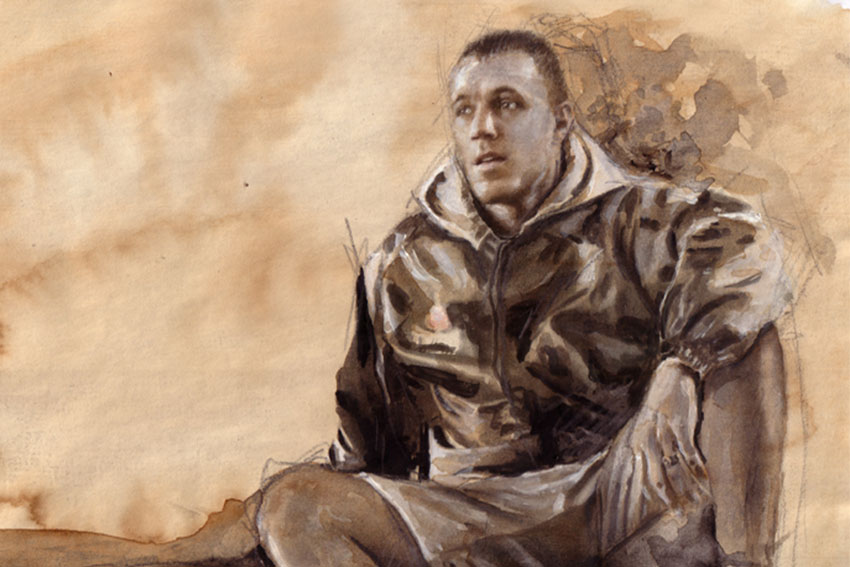PUNCH: a new film by AUT Welby Ings

The New Zealand Film Commission recently approved production finance for AUT Professor Welby Ings’ feature film PUNCH.
Welby's previous short films Boy, Munted and Sparrow have played in over 80 film festivals and garnered numerous international awards.
Like Welby’s other work, PUNCH is a visually rich, hard hitting film. It examines the plight of a small town, adolescent boxer and his relationship with his alcoholic father and a young takatāpui musician. Away from the rainbow flags and Pride parades, the film looks at what really exists behind New Zealand’s comfortable myth of LGBT inclusion.
PUNCH is produced by Robin Murphy with executive producer Catherine Fitzgerald (the Orator, Rain of the Children). Vendetta will distribute the film in New Zealand and Australia and wider International sales will be handled by The Yellow Affair. The production will provisionally be filmed in New Zealand later this year.
Read below for an interview with Welby Ings about his new feature film PUNCH.
How did Punch come about?
PUNCH took 14 years to develop. In 1997 my partner who came from a well-known boxing family died in a hospice and because of a difficult relationship with his father, he wouldn’t let him come to say goodbye. I began asking what might a love story between a father and his son look like if his son was gay, a brilliant boxer - but walked away from his father’s devotion to the dream of his success? I wanted to make a film about repairing love. The feature film also weaves together a number of sub-plots, some of which are autobiographical, others which are based on the struggles I see young takatāpui (gay) men facing today.
What were you inspired by?
The film, like my other work is not inspired by the work of other directors. I don’t have a television and I rarely watch movies. I am inspired by paintings and by listening to people’s recollections.
I don’t begin by writing a screenplay. For several years I spent time in and around boxing culture, drawing things like the weight of fatigue, the assertion of commitment and the investment in dreams. Drawing as an ideation process underpins all of my films. It helps me to think beyond words. This seems like a logical thing to me because I see cinema as ‘talking pictures’. The drawings are not pictures of what will happen, instead they are pools of thinking and feeling from where ideas surface. All of my films accrue hundreds of drawings as thought. They are quick studies on rough paper in pencil, ink and washes of instant coffee.
What are you most excited about the film’s production?
Film is far more challenging for me intellectually and creatively than academic research. Beyond crafting a narrative that will subtly manipulate an audience and the rigorous research that goes into presenting high levels of authenticity in the work, I also have to solve very abstract problems like ‘What is the sound of hope dying?’, ‘What is a crowd scene when viewed through a the eyes of somebody who is suddenly punch-drunk?’ … or ‘How does one film a black sand beach, as a metaphor for resistance?’. These are deeply intellectual and creative challenges that I relish.